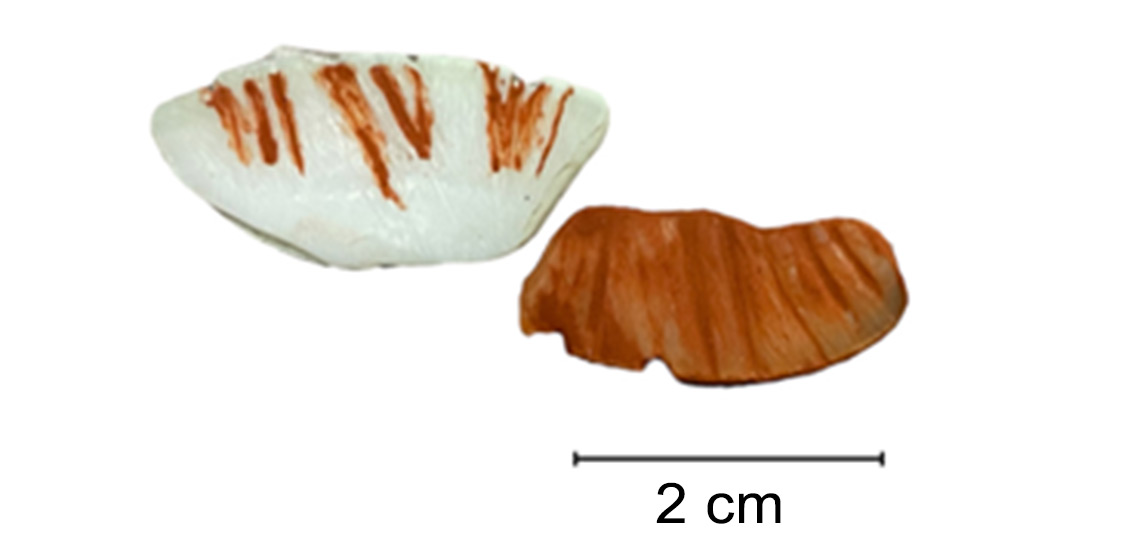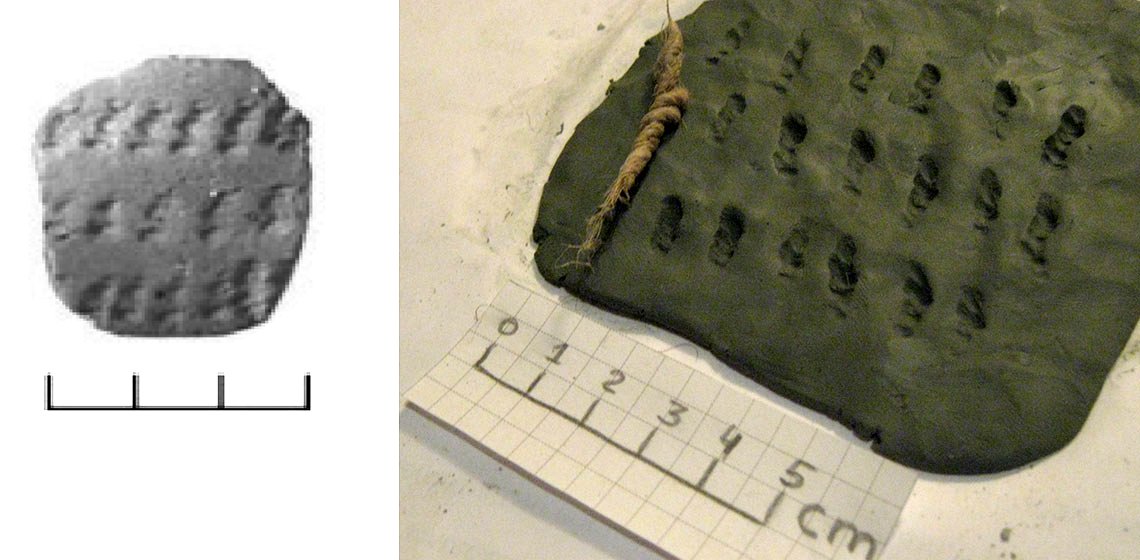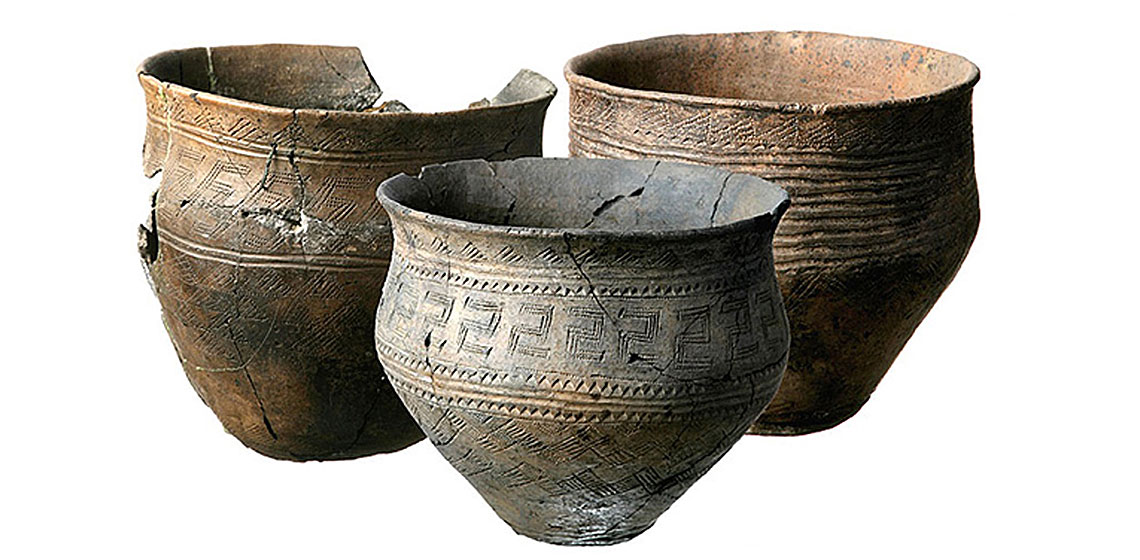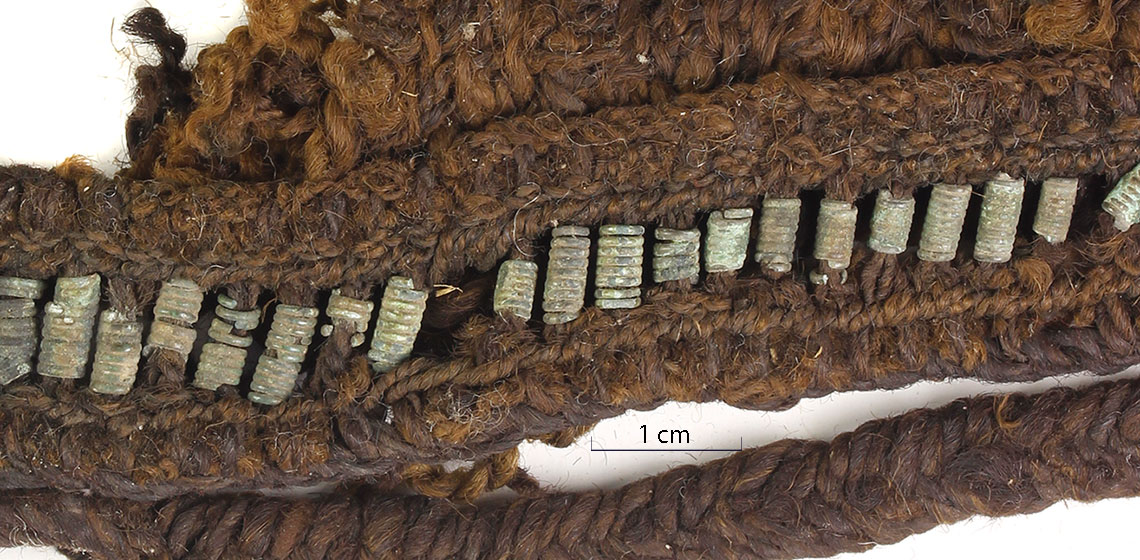decoration
Documenting Traces Left on Ceramic Surfaces by Tools Used for Treatment and/or Decoration: an Experimental Approach
Publication Date
This study explores the role of experimental archaeology in investigating ancient ceramic production techniques. Utilising materials analysed by Rammo (2017) from the fortified settlements of Asva, Ridala, and Iru in Estonia, we focus on two types of impressions on sherds dated to the beginning of the 1st millennium BC. Our aim was to test the hypotheses concerning the execution methods of these impressions and evaluate the effectiveness of experimental methodologies in recreating them...
How were Half-Moons on Shells Made in the Upper Palaeolithic? An Experimental Approach
Publication Date
In the Upper Palaeolithic levels of the site of Grotta Continenza (Abruzzo, Italy), numerous shells shaped as half-moons have been found. These artifacts, being important examples of ancient ornaments, have been regularly subjects of study, but the production process has only been hypothesised...
A Preliminary Attempt to Reconstruct some Tools and Techniques of Ornamentation of the Comb-Pit Ware from the Site of Hepojarvi (Karelian Isthmus, Leningrad Oblast, Russia)
Publication Date
The site of Hepojarvi is located on the northern coast of Hepojarvi lake, near Saint Petersburg, Russia. The site is a multi-layer settlement with different types of Neolithic pottery (from Sperrings to late Comb-Pit Ware); the settlement functioned in 5314 cal BC – 2342 cal BC. It was excavated in 1978 by I. V. Vereschagina.
Reconstruction of the Geometric Décor Technology of the Bronze Age Ceramics in Siberia
Publication Date
The grassland and forest steppes ranging from the Ural to the Altai-Sayan mountains were dominated by Andronovo Family cultures during the second millennium BC (the Bronze Age) (Koryakova & Epimakhov 2007; Мартынов 2005). The Andronovo dated ceramic series were characterized by a distinctly expressed geometric ornamentation style...
Spiral Tube Decorations: a Thousand Years of Tradition
Publication Date
An overview of finds, their regional spread and significance though the ages. The spiral tubes are made of an alloy that consists of copper supplemented mainly with zinc and/or tin (Rammo, Ratas 2015, table 1). The outer diameter of the spiral tubes usually range from 2.5 to 5 mm. Woollen and linen threads as well as horse hairs, were used to join spiral tubes into decorations...





